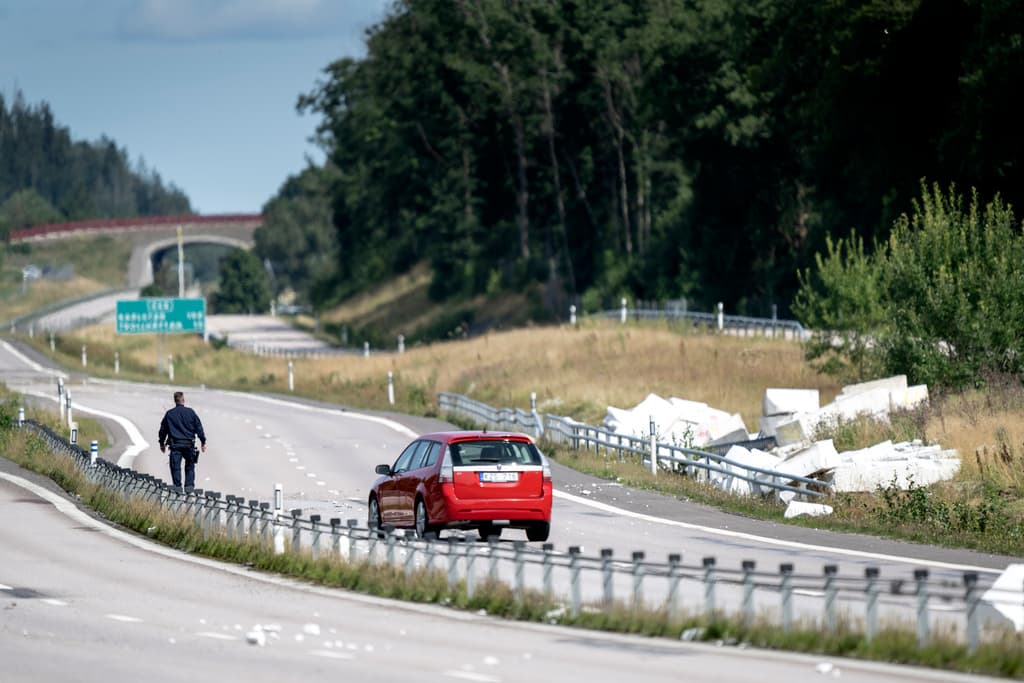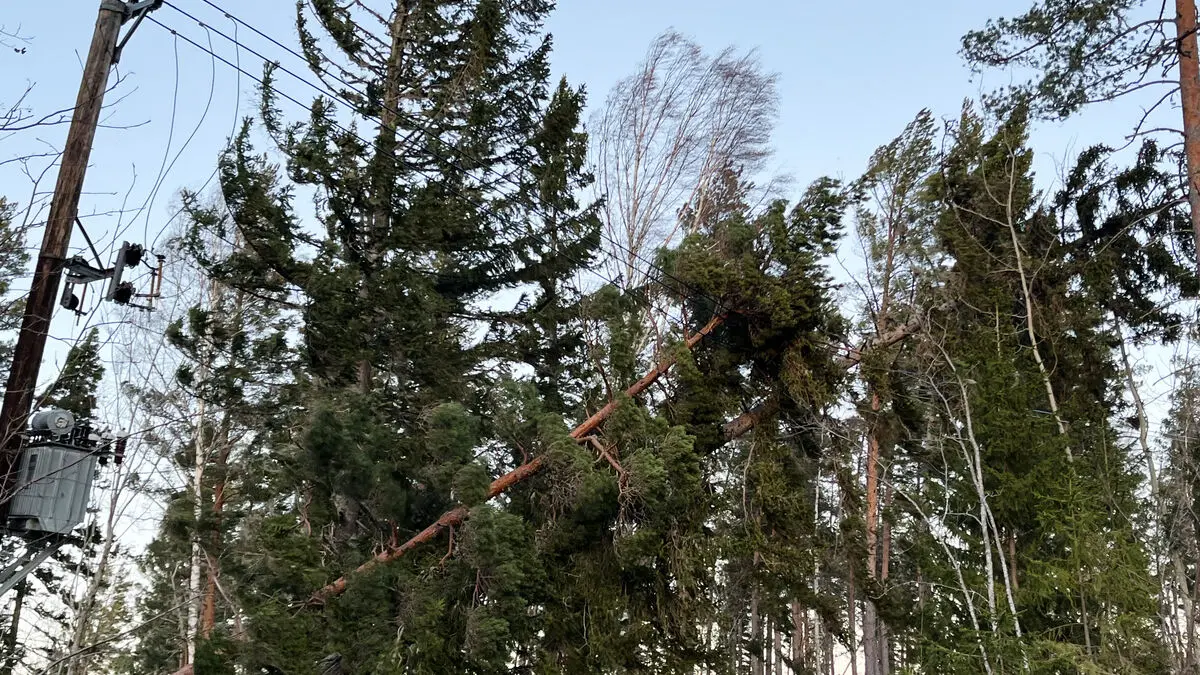Styrofoam, which is a white cellular plastic, is used in road surfaces as insulation against frost.
But the styrofoam blocks that were washed away when the heavy rain seeped under the surface, had not been in E45's road surface. It had been used as filling in the road embankment next to the motorway, to reduce the risk of, among other things, landslides.
The cellular plastic blocks that lay in the slopes, or under the slopes, have floated up and are scattered all over. It looks like large sugar cubes, says Mats Christiansson, geologist at the Swedish Transport Administration, to P4 Väst.
The county road that runs parallel to E45 is also severely damaged.
There, the entire cellular plastic filling has shifted, says Mats Christiansson.
The E45 itself seems to have fared relatively well. On Tuesday, the Swedish Transport Administration began opening the road to traffic again. They are using the southbound lane, which will be used for traffic in both directions with reduced speed.
Heavy vehicles and long-distance traffic are, however, advised to take E6 instead.





